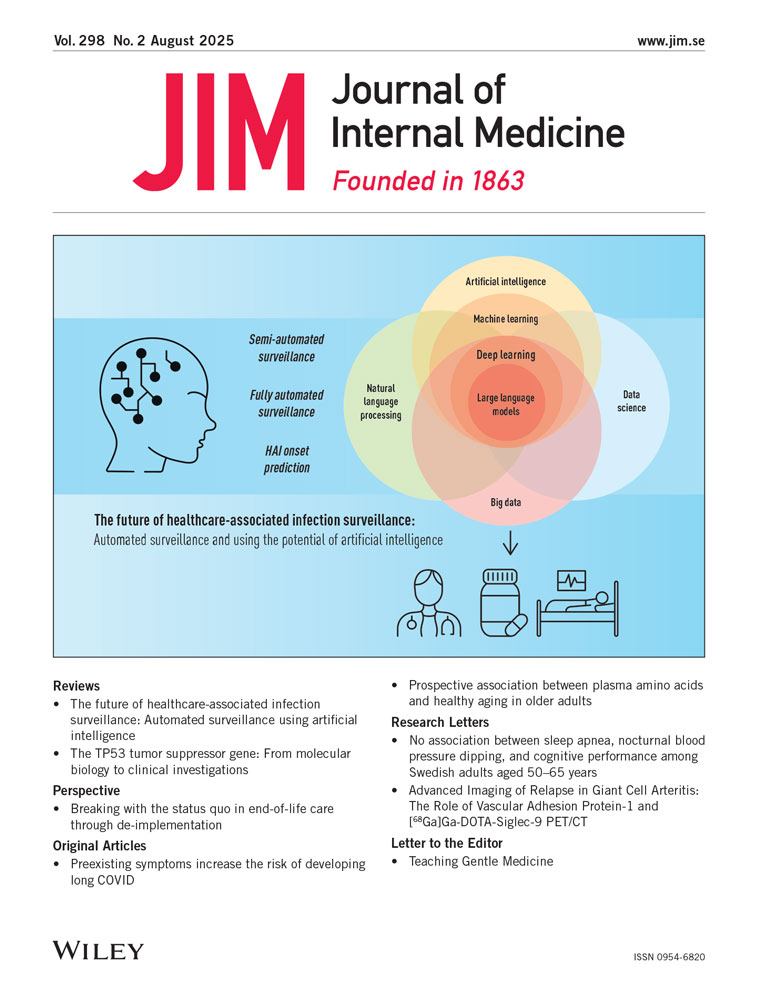Coupling between Dietary Changes, Reduced Body Weight, Muscle Fibre Size and Improved Glucose Tolerance in Middle-Aged Men with Impaired Glucose Tolerance
Abstract
ABSTRACT. Fourteen middle-aged med with impaired glucose tolerance were studied prior to and 6 months after exchange of simple carbohydrates for complex carbohydrates rich in fibers and saturated for polyunsaturated fats in their diet when exchangeable. Body weight was reduced by 6.4 kg (p<0.001). Physical work capacity was unchanged. Fasting blood glucose and insulin were lowered (p<0.001) at 6 months and so were the values during an OGTT at 120 min. Both serum triglyceride and cholesterol concentrations were reduced (p<0.01) by the changed diet, the most marked reduction being found in the VLDL fraction. HDL levels increased by 21% (p<0.01). Enzyme activities in gastrocnemius muscle specimens were subnormal and uninfluenced by changed dietary habits. The number of capillaries per fiber was normal throughout, but as muscle fiber size was reduced in relation to the decreased body weight, the number of capillaries/mm2 increased during the dieting period. It is suggested that the observed improvement in insulin sensitivity and glucose tolerance after a dietary period with weight reduction is related to and partly explained by shorter diffusing distances in weight-bearing muscles.
Abbreviations:
-
- IGT
-
- impaired glucose tolerance
-
- OGTT
-
- oral glucose tolerance test
-
- CS
-
- citrate synthase
-
- HAD
-
- 3-hydroxy acyl CoA-dehydrogenase
-
- HK
-
- hexokinase
-
- Phos.
-
- Phosphorylase
-
- LDH
-
- lactate dehydrogenase
-
- HLP
-
- hyperlipoproteinemia
-
- VLDL
-
- very low density lipoprotein
-
- HDL
-
- high density lipoprotein.




